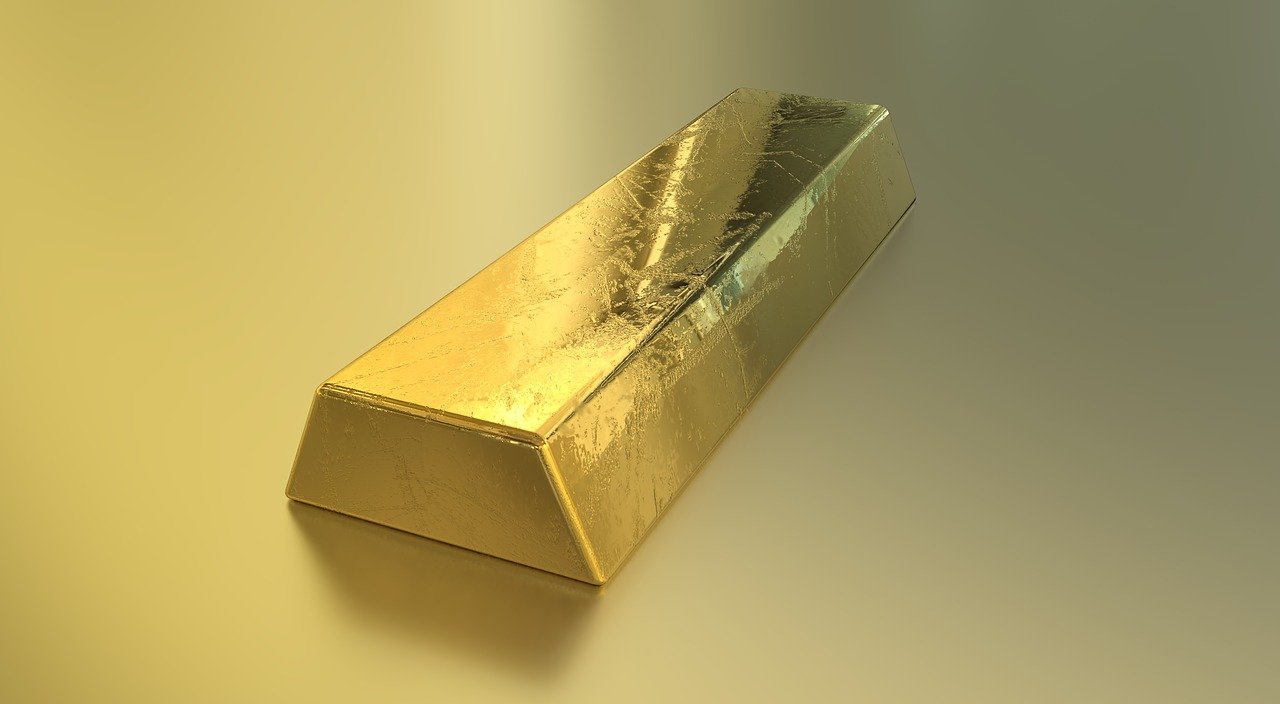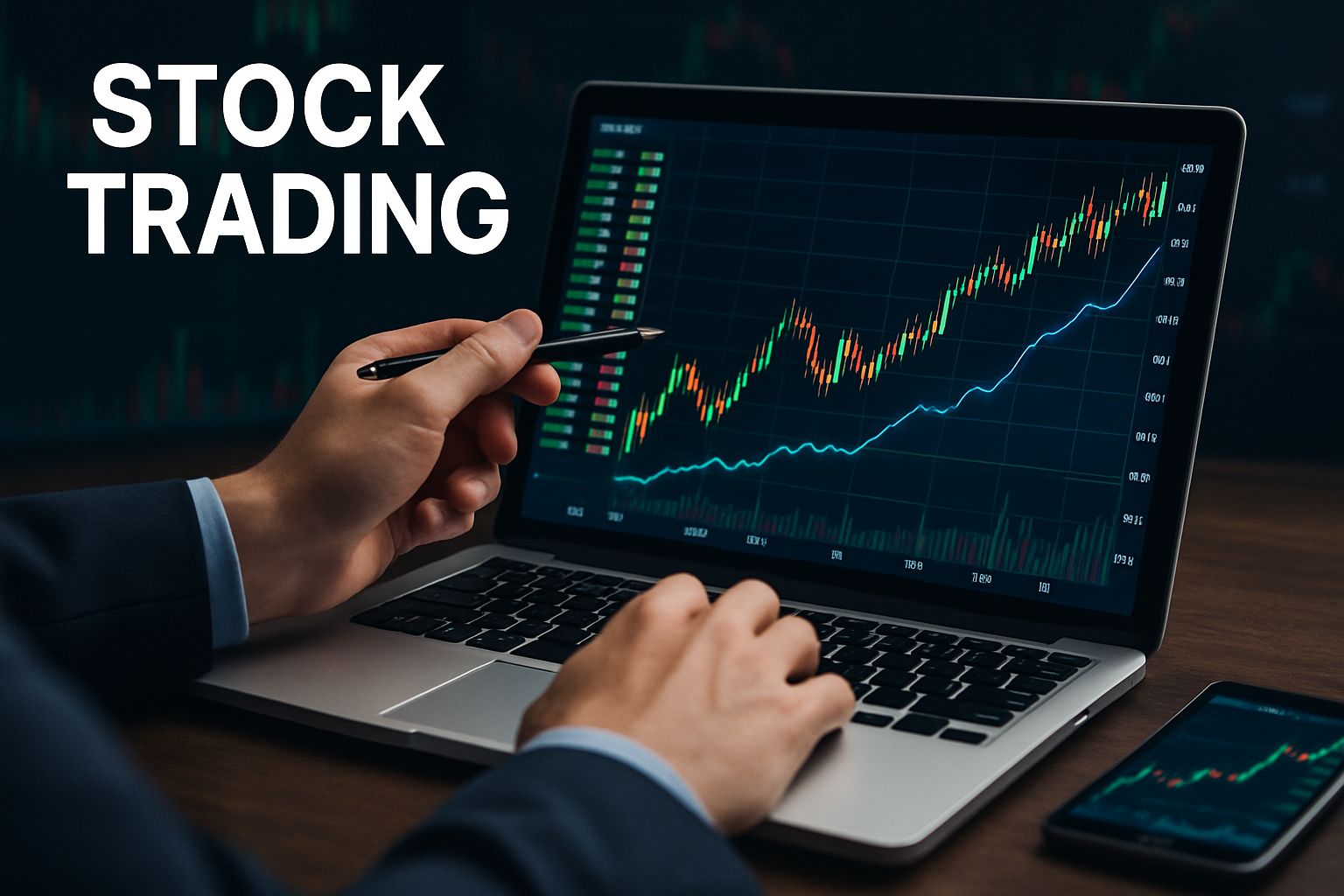A comprehensive guide to understanding the value of gold bars and how to assess, buy, sell, store, and insure these precious investments. Gold has always been a popular investment choice due to its enduring value and stability. In this article, we will explore the factors that affect the value of gold bars, how it is measured, where to buy and sell, and essential considerations for storing and insuring your gold bars.
Understanding Gold Bars and Their Value
Gold bars, also known as gold bullion or ingots, are a popular form of physical gold investment. They are produced by accredited refiners and come in various sizes, usually ranging from small gram bars to larger kilogram bars. The value of gold bars is determined primarily by the purity of the gold, with 24-karat gold being the purest form. Owning physical gold bars provides investors with a tangible and secure asset, making them an attractive option for those seeking to diversify their investment portfolio.
When it comes to understanding gold bars, there are several key points to consider:
- Manufacturing Process: Gold bars are produced through a meticulous process involving melting, casting, and stamping. This ensures the bars are of high quality and meet strict industry standards.
- Assay and Hallmarking: Each gold bar is assayed and hallmarked to guarantee its purity and authenticity. This provides confidence to investors regarding the quality and genuineness of the bars.
- Storage and Security: Proper storage and security measures are crucial when owning physical gold bars. Many investors opt for secure vaults or facilities to safeguard their investment.
These aspects contribute to the appeal of gold bars as a reliable investment option.
Factors Affecting Gold Bar Value
Gold bars are valuable assets that are influenced by various factors. Understanding these factors is important for investors to make informed decisions. Let'slook at the key elements that affect the value of gold bars:
- Market Price of Gold: The current market price of gold has a direct impact on the value of gold bars. Fluctuations in the price of gold can significantly affect the overall worth of gold bars.
- Size and Weight: The size and weight of a gold bar plays a pivotal role in determining its value. Larger and heavier bars command higher values due to their higher gold content.
- Purity: The purity of a gold bar is measured in karats and influences its value. Bars with higher purity levels are more sought after and, therefore, hold higher value in the market.
- Market Demand: The demand for gold bars in the market directly affects their value. Changes in demand, whether due to industrial, jewelry, or investment purposes, can drive fluctuations in gold bar prices.
- Economic Conditions: The overall economic environment, including factors such as interest rates, currency strength, and economic stability, can impact the value of gold bars.
- Geopolitical Events: Political unrest, international conflicts, and geopolitical tensions can lead to fluctuations in the value of gold bars as investors seek safe-haven assets during uncertain times.
- Inflation: Inflationary pressures can erode the value of fiat currency, making gold bars a preferred hedge against inflation and, hence, affecting their value.
It's important for investors to stay abreast of these factors and market dynamics to make well-informed decisions regarding their gold bar investments.
Assessing Gold Bar Value
When it comes to assessing the value of a gold bar, there are several key factors to consider in order to make an informed evaluation. One of the primary considerations is the purity of the gold bar, as this directly impacts its market value. Gold bars are available in varying levels of purity, often ranging from 99.5% to 99.99%. The higher the purity, the greater the value of the gold bar.
Additionally, the weight of the gold bar plays a significant role in determining its value. Gold is commonly measured in troy ounces, and even small differences in weight can translate to notable discrepancies in value. It's essential for investors to have accurate measurements of their gold bars in order to calculate their true worth.
Another important aspect in assessing the value of gold bars is the consideration of current market conditions, including the fluctuating price of gold. The market price of gold, generally quoted per ounce, serves as a fundamental indicator of the value of gold bars. Understanding the trends and dynamics of the gold market can provide valuable insights for investors seeking to gauge the worth of their gold bars.
The reputation of the refiner and the certification of the gold bar are factors that can significantly influence its market value. Gold bars from reputable refiners and those accompanied by recognized certifications often command higher prices in the market. Investors should prioritize obtaining gold bars from trusted sources and ensure the authenticity of the certification to safeguard the value of their investment.
In order to accurately assess the value of gold bars, leveraging the expertise of trusted professionals is highly recommended. Professional appraisers and experts in the precious metals industry can conduct thorough assessments, taking all relevant factors into account to provide precise valuations of gold bars. By seeking professional assistance, investors can gain confidence in the value of their gold bars and make well-informed decisions regarding their investment portfolio.
How is Gold Bar Value Measured?
When it comes to determining the price of gold bars, several factors come into play that influence their value. Understanding how the price of gold bars is determined is essential for investors looking to make informed decisions about their investments. Let's look at the key elements that contribute to the price determination of gold bars:
- Market Supply and Demand: The value of gold bars is closely tied to global supply and demand dynamics. Fluctuations in these factors can have a significant impact on the market price of gold, affecting investors' portfolios.
- International Exchanges: Gold is traded on various exchanges worldwide, and prices are quoted in different currencies. These exchanges provide a platform for investors to buy and sell gold bars, with prices reflecting the global market conditions.
- Monitoring Market Prices: Investors can stay informed about the value of their gold bar investments by monitoring live market prices using online platforms and financial news sources. This helps them track the performance of gold and make strategic investment decisions.
- Economic Indicators: Economic factors, such as inflation, interest rates, and currency movements, also play a role in determining the price of gold bars. These indicators can provide insights into the broader economic environment and its influence on gold prices.
Calculating the Value
When it comes to calculating the value of a gold bar, precision is key. This involves a multi-step process that takes into account the weight of the bar, the purity of the gold, and the current market price of gold.
The weight is usually measured in troy ounces, and the purity of the gold is denoted in karats. For example, a 24-karat gold bar is considered to have the highest purity. The current market price of gold fluctuates based on a variety of factors, including supply and demand, geopolitical events, and economic indicators.
Once these factors are determined, the formula for calculating the value of a gold bar is straightforward: Weight of the bar (in troy ounces) x Purity of the gold x Current market price of gold = Approximate value of the gold bar. This provides investors with an initial understanding of the worth of their gold bar holdings, but it's important to recognize that other considerations can come into play.
Dealer premiums and storage fees are examples of additional costs that may impact the overall value of gold bars. Dealer premiums vary based on market conditions and the size of the transaction, while storage fees depend on the chosen method of storage, such as a secure vault or a bank safe deposit box.
Where to Buy and Sell Gold Bars: Trusted Sellers and Dealers
When considering the purchase or sale of gold bars, it's important to engage with reputable sellers and dealers. Accredited bullion dealers, financial institutions, and renowned mints are reliable sources for buying and selling gold bars. Conducting thorough research and confirming the authenticity and reputation of the seller is vital to ensuring a secure and legitimate transaction.
- Accredited bullion dealers
- Financial institutions
- Renowned mints
Additional factors to consider when dealing with trusted sellers and dealers include:
- Transparency in pricing and fees
- Certifications and compliance with industry standards
- History of successful transactions and positive customer feedback
Selling Gold Bars
Experienced and novice investors alike may choose to sell their gold bars at various stages based on their investment goals. Selling gold bars can be conducted through reputable dealers, auctions, or online platforms. It is essential for investors to have a good understanding of the different methods available for selling gold bars and the factors that can affect the selling process.
- Market Conditions: Understanding the current market conditions is crucial before selling gold bars. Investors should monitor the price of gold and assess whether the market conditions are favorable for selling.
- Timing: Optimal timing can greatly impact the selling price of gold bars. Factors such as economic trends, inflation, and currency value fluctuations should be taken into account when deciding the right time to sell.
- Professional Consultation: Seeking advice from financial experts and gold market professionals can provide valuable insights into when to sell gold bars for the best return on investment.
When selling gold bars, it is important to consider the potential tax implications, transaction costs, and the reputation of the buyer. Investors should verify the credibility of the buyer and ensure that the transaction terms are clear and mutually beneficial.
Storing and Insuring Gold Bars
When it comes to safeguarding valuable gold bars, the choice of secure storage options holds utmost significance for investors. Consideration of several key factors plays a critical role in ensuring the highest level of security and protection for the stored assets:
- Authorized and Reputable Facilities: Investors should prioritize storage facilities that are not only authorized but also possess a solid reputation in the industry. This ensures that the gold bars are stored in facilities that strictly adhere to industry security standards and undergo regular audits for compliance, providing peace of mind and assurance of secure storage.
- Advanced Physical Vault Protection: Opting for storage facilities equipped with physical vaults featuring reinforced doors, multi-layer access control, and round-the-clock security personnel is essential to safeguard against theft and unauthorized access. These advanced security measures provide an unparalleled level of protection for the valuable gold bars.
- State-of-the-Art Surveillance Systems: The presence of cutting-edge surveillance systems, including motion detectors, CCTV cameras, and alarm systems, adds an extra layer of security to the storage facilities. These systems not only deter potential threats but also provide real-time monitoring and detection of any suspicious activities, ensuring comprehensive protection.
- Comprehensive Insurance Coverage: Selecting storage facilities that offer extensive insurance coverage is vital for protecting against various risks such as theft, natural disasters, and transportation incidents. This coverage provides financial security and reassurance to investors in the event of unforeseen circumstances, mitigating potential losses.
- Independence and Auditability: It is crucial for investors to choose storage facilities that allow for independent audits and verification of the gold bars. This transparency and auditability provide additional confidence in the existence and condition of the stored assets, fostering trust and assurance in the chosen storage options.
- Location and Accessibility: Considering the geographical location and accessibility of the storage facilities is important, as it impacts logistical convenience and ease of asset management, especially for investors who may have specific preferences or requirements regarding the location of their stored gold bars.
- Customization and Security Protocols: Investors may benefit from storage facilities that offer customizable security protocols tailored to their specific needs and preferences. This may include additional security measures or specialized storage arrangements to further enhance the protection and security of the gold bars.
By meticulously considering these essential factors, investors can confidently make well-informed decisions when selecting secure storage options for their valuable gold bars, ensuring unparalleled protection and peace of mind.
Insurance Considerations
Insurance is an important aspect to consider when investing in gold bars. It serves as a protective measure against potential risks such as theft, loss, or damage. Understanding the intricacies of insurance coverage for precious metals is essential for investors aiming to safeguard their valuable assets.
There are specialized insurance policies designed specifically for precious metals, including gold bars. These policies often provide comprehensive coverage tailored to the unique risks associated with owning gold bars. Some common types of insurance coverage for gold bars include:
- Loss Insurance: This type of insurance protects against financial loss resulting from theft or disappearance of gold bars.
- Theft Insurance: It covers the loss caused by theft, burglary, or robbery of gold bars.
- Damage Insurance: Insurance against accidental damage, including fire, water, or other physical damage to gold bars.
When considering insurance for gold bars, investors should thoroughly analyze and compare the available insurance options. Factors to consider include:
- Reputable Providers: Choosing an insurance provider with a strong reputation and expertise in insuring precious metals is essential for ensuring reliable protection.
- Policy Coverage: Assessing the extent of coverage provided by an insurance policy to verify that it adequately protects against potential risks.
- Claim Process: Understanding the procedures and requirements for filing claims in the event of loss, theft, or damage to gold bars.
- Exclusions and Limitations: Identifying any exclusions or limitations within the insurance policy to be aware of specific scenarios not covered by the insurance.
- Cost and Premiums: Evaluating the cost of insurance premiums in relation to the level of coverage and benefits offered.
Conducting a comprehensive assessment of insurance options will allow investors can make informed decisions to effectively safeguard their gold bar investments.
In Summary
Understanding the value of gold bars is essential for investors seeking to capitalize on the enduring worth and stability of gold. By comprehending the factors that influence gold bar value, measuring their value, identifying reliable sources for buying and selling, and making informed decisions about storing and insuring these valuable assets, investors can navigate the world of gold bar investments with confidence. We hope this guide has provided valuable insights into maximizing the value and security of gold bar investments.






